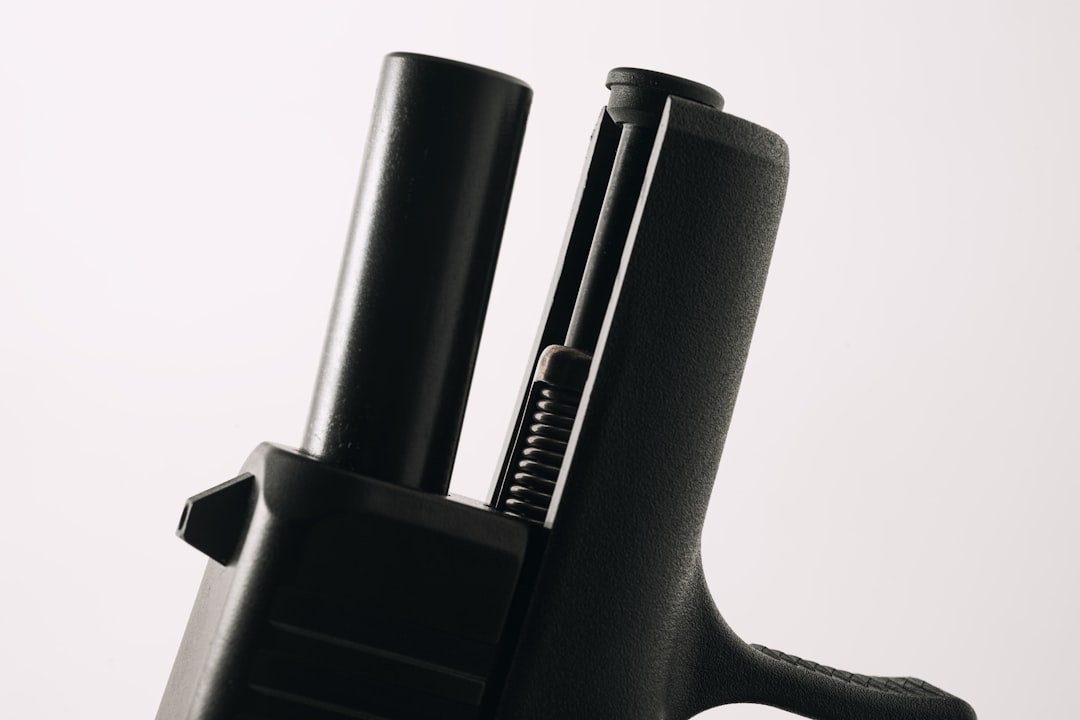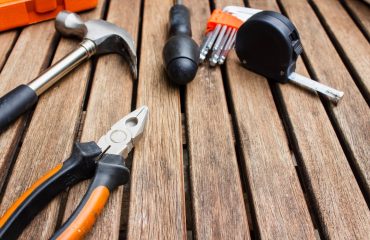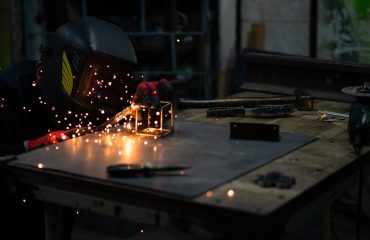In various industries, from oil and gas to water management and chemical processing, the efficiency and reliability of piping systems are paramount. High-performance pipes are engineered to deliver superior performance, exceeding the capabilities of standard pipes. This blog post delves into the critical features that distinguish these high-performance solutions, focusing on their impact on flow, durability, and overall system efficiency.
1. Material Selection: The Foundation of High Performance
The choice of material significantly impacts a pipe’s performance. High-performance pipes often utilize advanced materials engineered to withstand extreme conditions and resist degradation. Common choices include:
- Stainless Steel: Known for its exceptional corrosion resistance, strength, and durability, stainless steel is ideal for applications involving aggressive chemicals or high temperatures. Different grades (e.g., 304, 316) offer varying levels of corrosion resistance.
- Duplex Stainless Steel: Combining the properties of austenitic and ferritic stainless steels, duplex grades offer superior strength and corrosion resistance compared to standard austenitic stainless steel, making them suitable for high-pressure applications.
- Super Duplex Stainless Steel: These alloys offer even greater strength and corrosion resistance than duplex stainless steels, making them suitable for the most demanding environments, such as those involving seawater or highly corrosive chemicals.
- High-Performance Polymers: Materials like polyethylene (PE), polypropylene (PP), and polyvinyl chloride (PVC) are increasingly used in high-performance applications due to their lightweight nature, corrosion resistance, and ability to handle a wide range of chemicals. Specific formulations offer enhanced strength and UV resistance.
- Fiber-Reinforced Polymers (FRP): Combining the strength of fibers (e.g., fiberglass, carbon fiber) with a resin matrix, FRP pipes offer high strength-to-weight ratios, excellent corrosion resistance, and are often used in corrosive environments where metal pipes would quickly degrade.
- Smooth Internal Surfaces: Minimizing surface roughness reduces friction, leading to improved fluid flow and reduced pressure drop. Advanced manufacturing techniques ensure a consistently smooth inner diameter.
- Optimized Pipe Diameter and Length: Careful consideration of pipe diameter and length is vital for maximizing flow rate and minimizing energy loss. Hydraulic calculations are used to determine the optimal dimensions for specific applications.
- Reinforced Structures: For high-pressure applications, reinforced structures (e.g., spiral-wound, fiberglass-reinforced) provide enhanced strength and prevent pipe collapse under pressure.
- Elbows and Fittings Design: Optimized designs for elbows and fittings minimize flow restrictions and turbulence, further improving efficiency.
- Extrusion: A widely used method for manufacturing polymer pipes, extrusion produces pipes with consistent dimensions and smooth internal surfaces.
- Centrifugal Casting: This technique is used for manufacturing metal pipes, creating a dense and uniform structure with excellent strength and durability.
- Welding and Joining Techniques: Advanced welding techniques, such as orbital welding, ensure strong and leak-proof joints in metal pipe systems.
- Quality Control Measures: Rigorous quality control measures throughout the manufacturing process guarantee that pipes meet the required specifications and performance standards.
- Corrosion Inhibitors: Internal coatings or additives can be used to inhibit corrosion in pipes exposed to aggressive environments.
- Protective Coatings: External coatings, such as epoxy or polyurethane, protect pipes from external corrosion and environmental damage.
- Cathodic Protection: This electrochemical technique protects metal pipes from corrosion by applying a negative electrical potential.
- Material Selection for Specific Environments: Choosing the right material based on the specific chemical composition and environmental conditions is crucial for preventing corrosion and degradation.
- Proper Installation Techniques: Correct installation is critical to prevent leaks, reduce pressure drops, and ensure the longevity of the piping system.
- System Design Considerations: The overall system design, including pipe routing, valve placement, and pump selection, significantly impacts overall efficiency.
- Regular Maintenance and Inspection: Regular inspection and maintenance programs help identify potential problems early and prevent costly repairs or system failures.
- Data Monitoring and Analytics: Monitoring pressure, flow rate, and other parameters allows for real-time optimization and early detection of potential issues.
2. Enhanced Design for Optimized Flow and Pressure Management
Beyond material selection, the design of high-performance pipes plays a crucial role in their efficiency. Several design innovations contribute to superior performance:
3. Advanced Manufacturing Techniques for Precision and Durability
The manufacturing process directly impacts the quality and performance of high-performance pipes. Advanced techniques ensure precision, durability, and consistency:
4. Corrosion and Degradation Resistance: Ensuring Longevity
High-performance pipes are engineered to withstand various forms of degradation, extending their lifespan and reducing maintenance costs:
5. Integration and System Optimization: Holistic Approach to Performance
High-performance pipes are not simply individual components; they are part of a larger system. Optimizing the entire system is essential for achieving peak performance:
By understanding and leveraging these key features, engineers and professionals can select and implement high-performance piping systems that deliver superior performance, reliability, and efficiency across a wide range of applications.
Tags: high-performance pipes, pipe features, fluid flow optimization, pressure resistance pipes, corrosion resistant pipes




